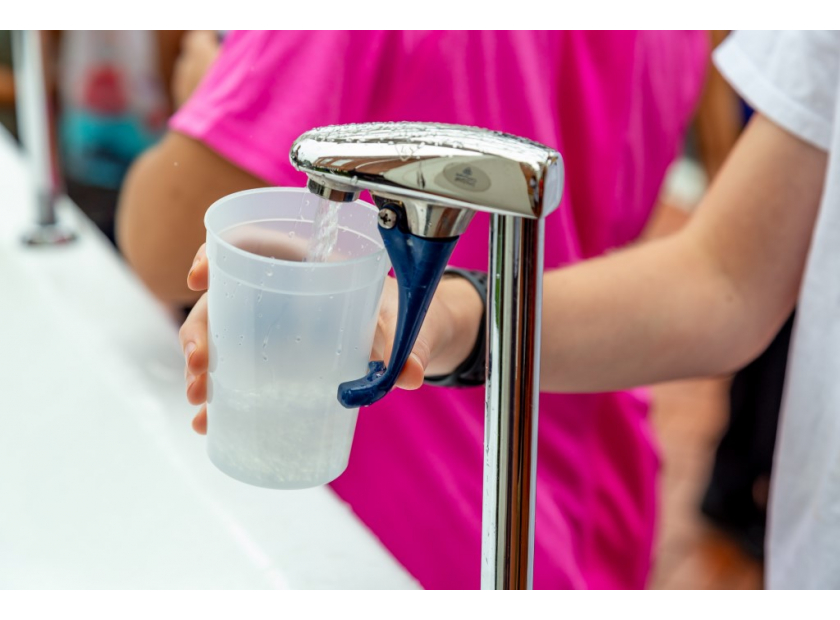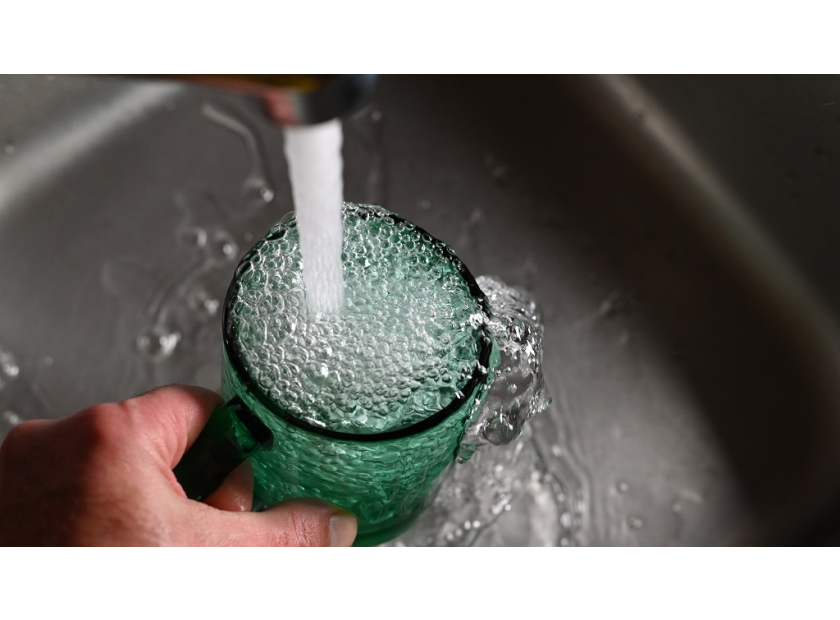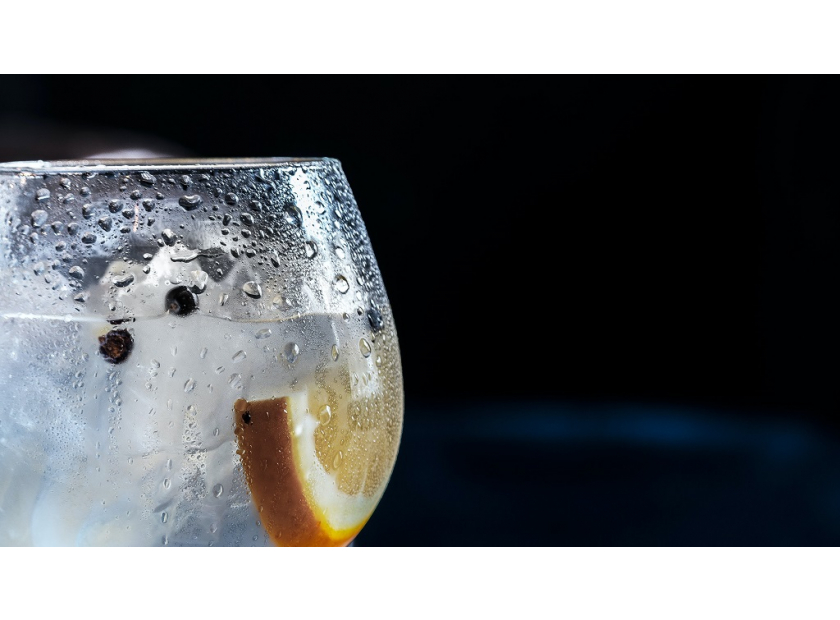PFAS, known for their exceptional resistance to natural degradation, are prevalent in drinking water and various water sources across different regions in the United States. Despite their widespread presence, scientific studies and research into the human body’s response to PFAS exposure remain limited. Nevertheless, an increasing number of communities are taking action to identify and address these chemicals as part of their endeavors to combat and mitigate pollution issues. As awareness grows, efforts to understand and combat PFAS contamination are gaining momentum, emphasizing the importance of safeguarding public health and the environment from these persistent pollutants.
PFAS Explained
PFAS,
Read MoreWater Contaminants
- Categories: Water Contaminants|
- Table of Contents 1. Lead Explained 2. Lead in Tap Water 3. Effects of Lead in Drinking Water 4. Removing Lead from Water 5. Final Words Lead is present in the Earth’s crust as a naturally occurring element. According to the EPA and the CentersRead More
- Table of Contents 1. Waterdrop 2.25-gallon King Tank Water Filter System 2. Waterdrop Spin Down Sediment Filter - WD-PFK 3. Waterdrop Reusable Whole House Spin Down Sediment Water Filter - WD-RPFK 4. Waterdrop WHF21-PG Micron 2-Stage Whole House Water Filtration System 5. Waterdrop Replacement for Aqua-Pure™ AP430SS Whole House Scale Inhibitor Inline Water System 6. ConclusionRead More
- Categories: Water Contaminants|Table of Contents 1. What Is Distilled Water? 2. What Are the Benefits of Drinking Distilled Water? 3. What Are the Potential Side Effects of Drinking Distilled Water? 4. What Is the pH of Distilled Water? 5. Comparing Different Types of Water 6. How Can You Get Purified Water at Home? 7. ConclusionRead More
- Categories: Water Contaminants|Table of Contents 1. What Is Well Water? 2. Advantages And Disadvantages Of Well Water 3. Common Well Water Pollutants and How They Affect Consumers 4. How Do You Prevent Well Water Pollution? 5. How Do You Treat Well Water? 6. Best Purification Methods For Well Water 7. ConclusionRead More







